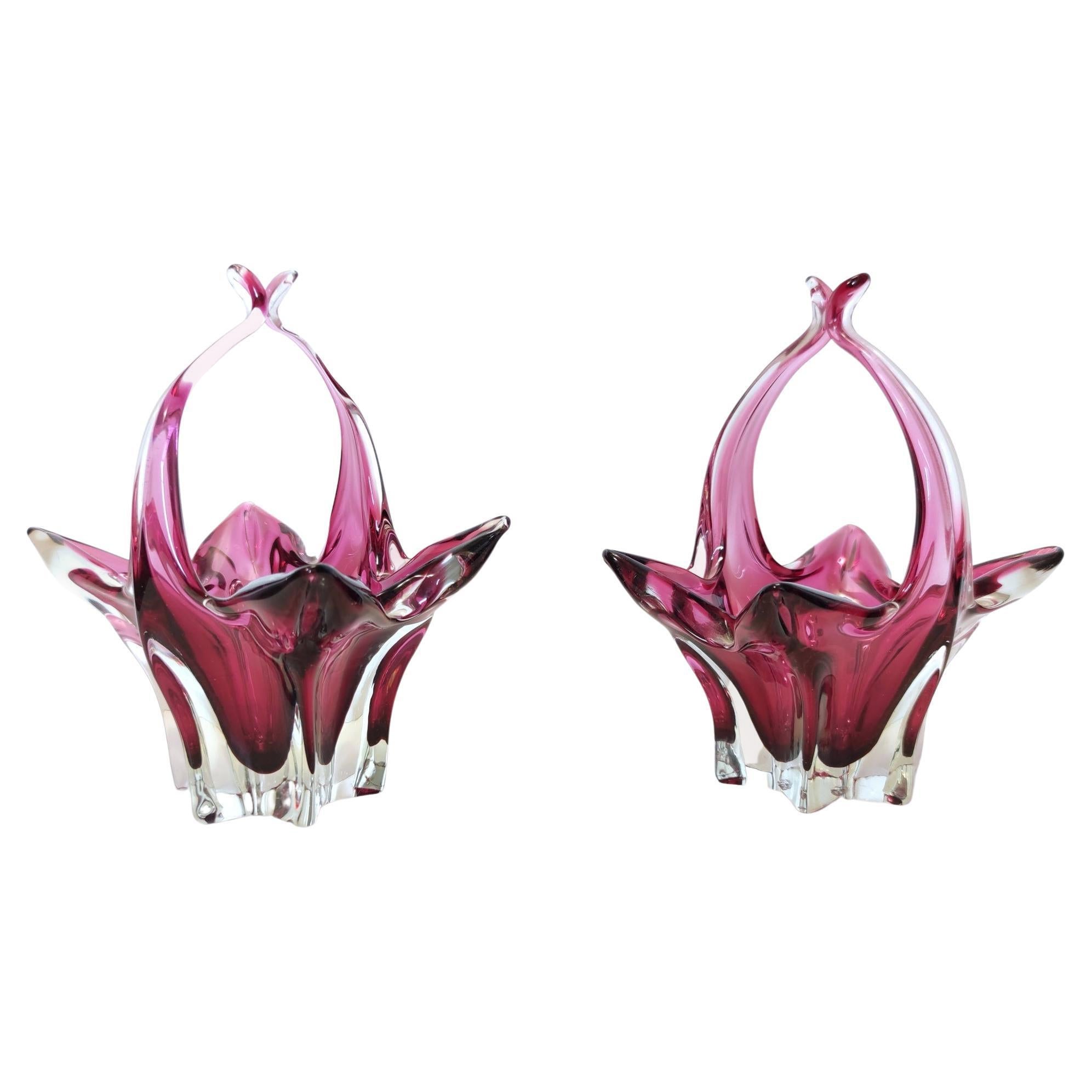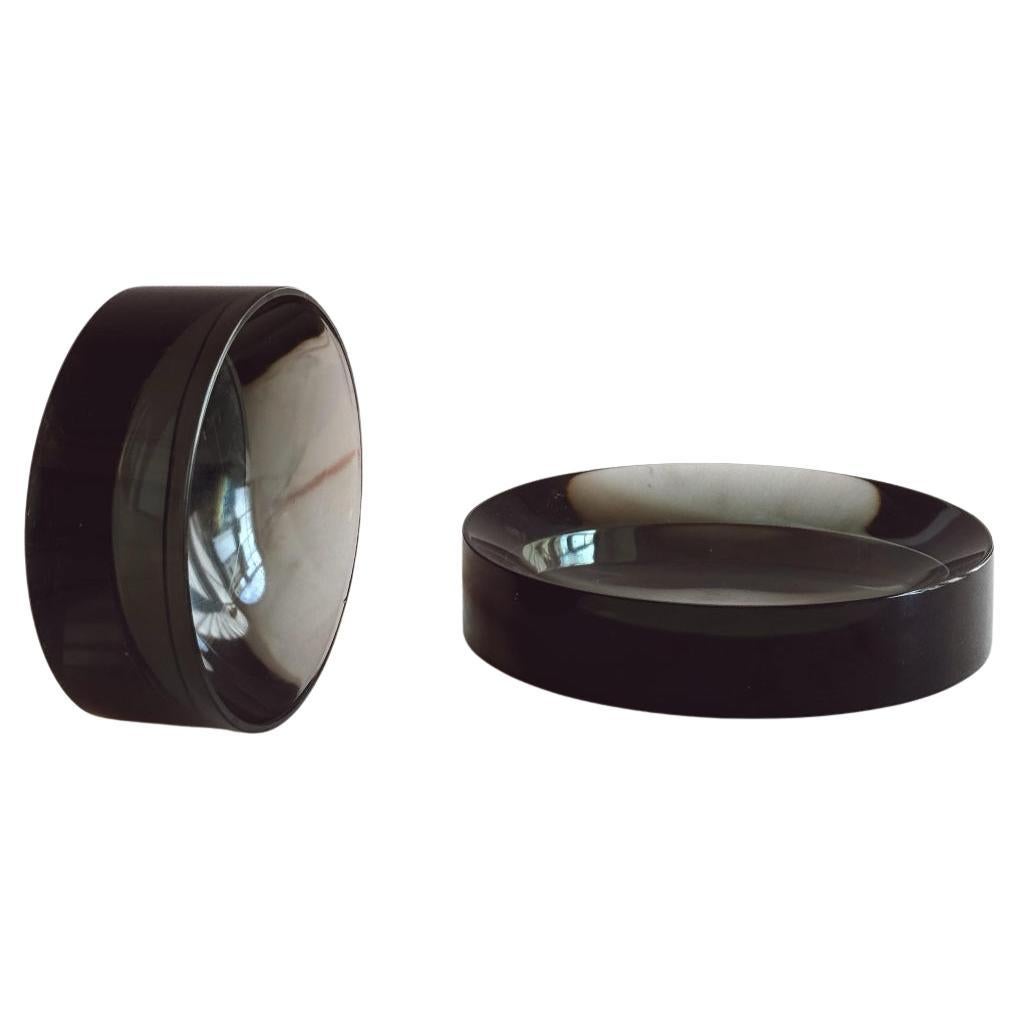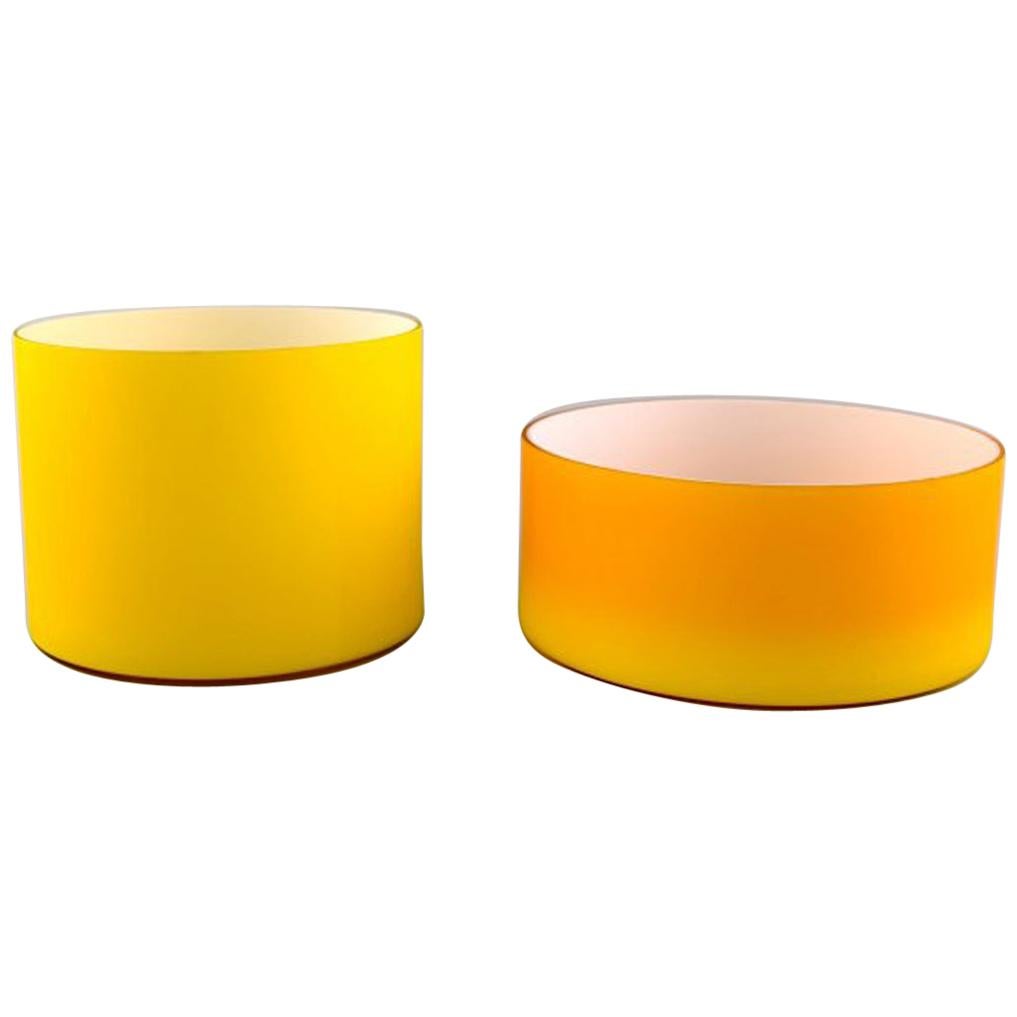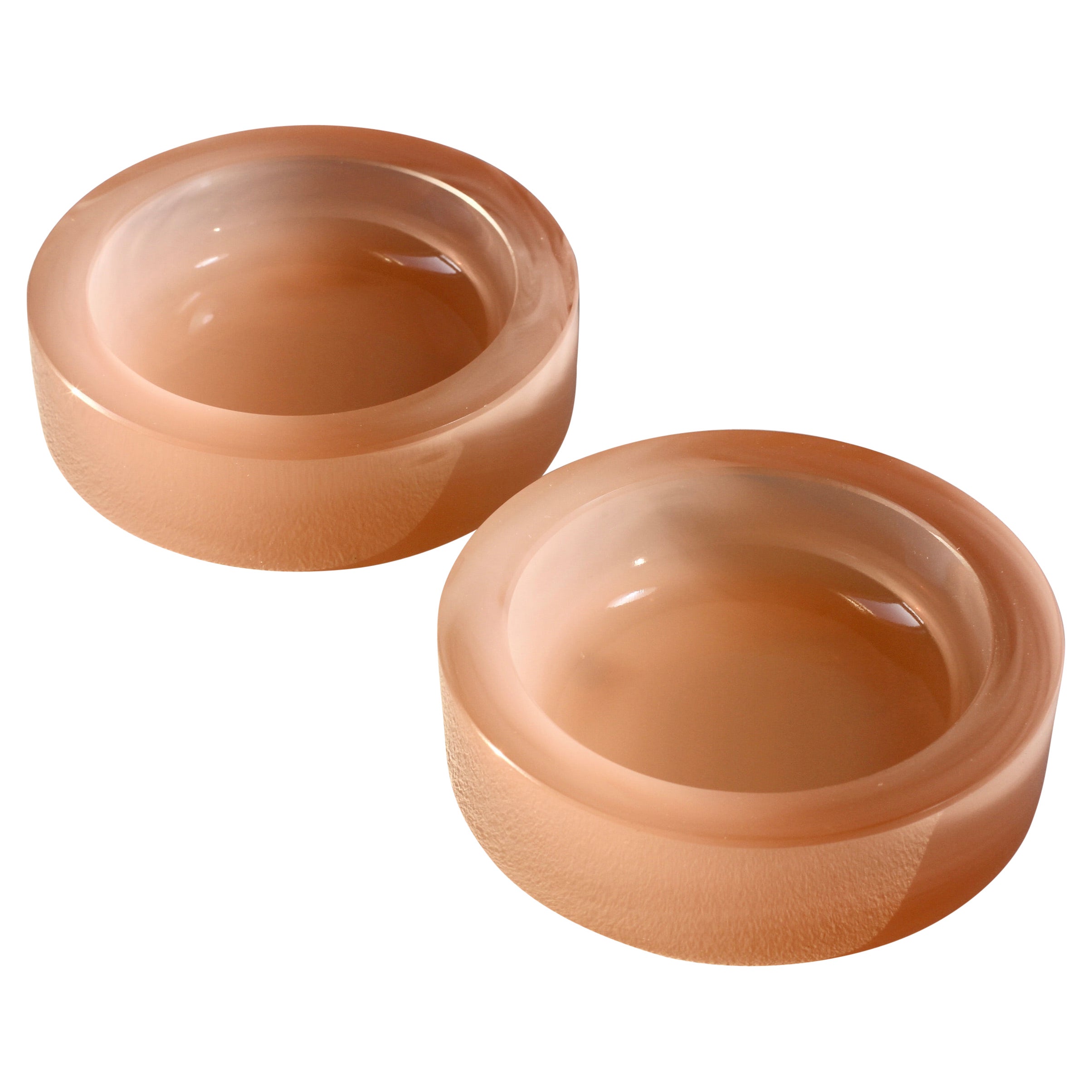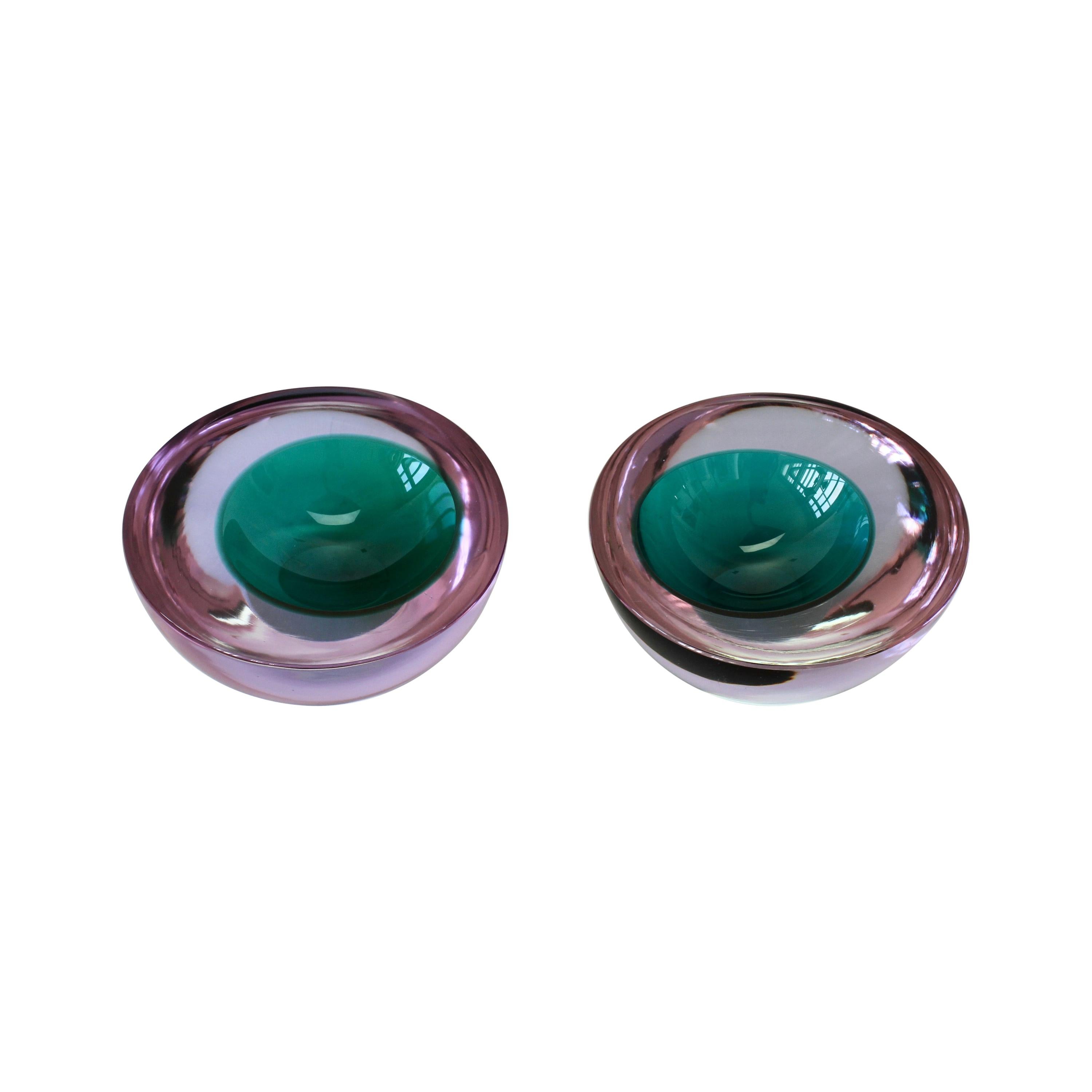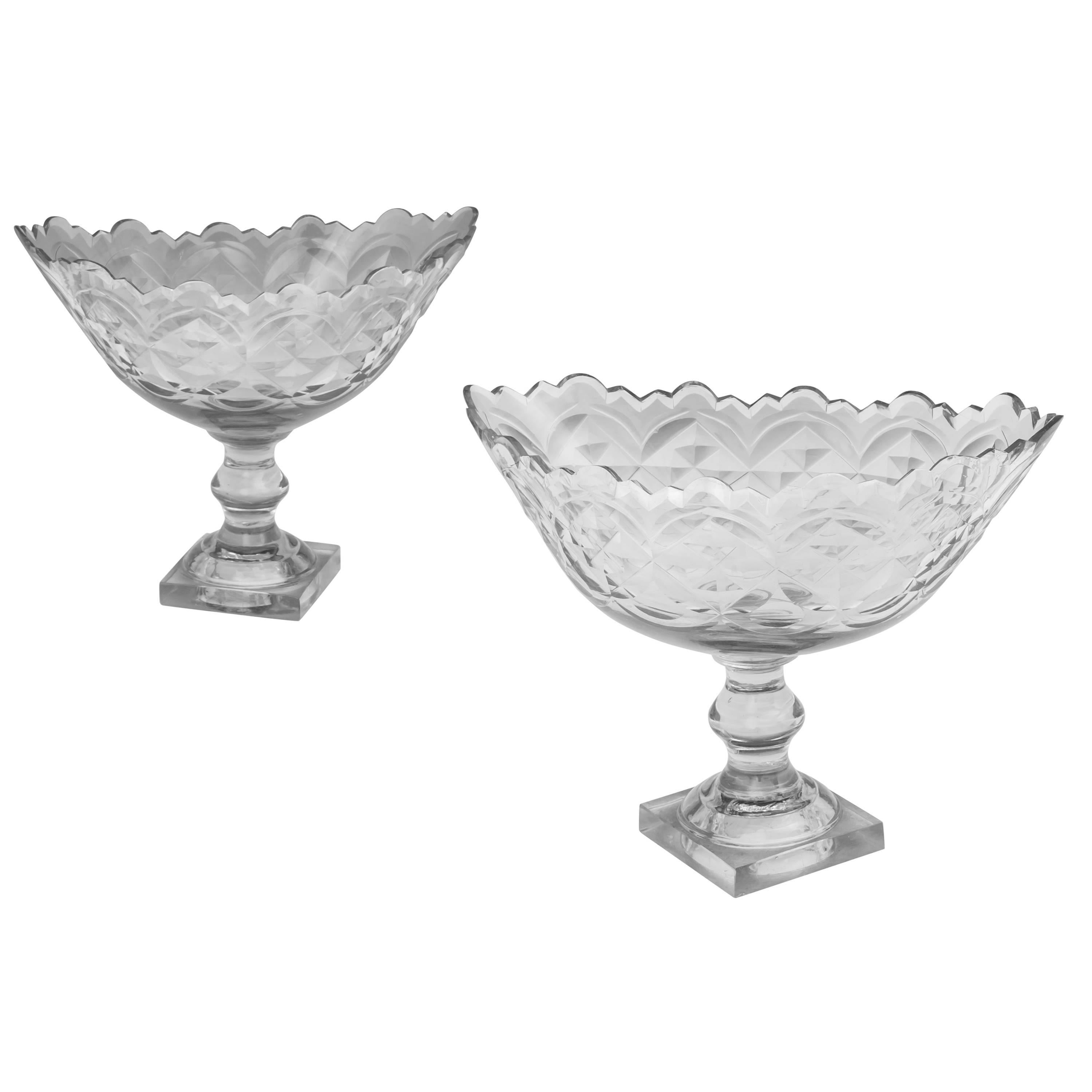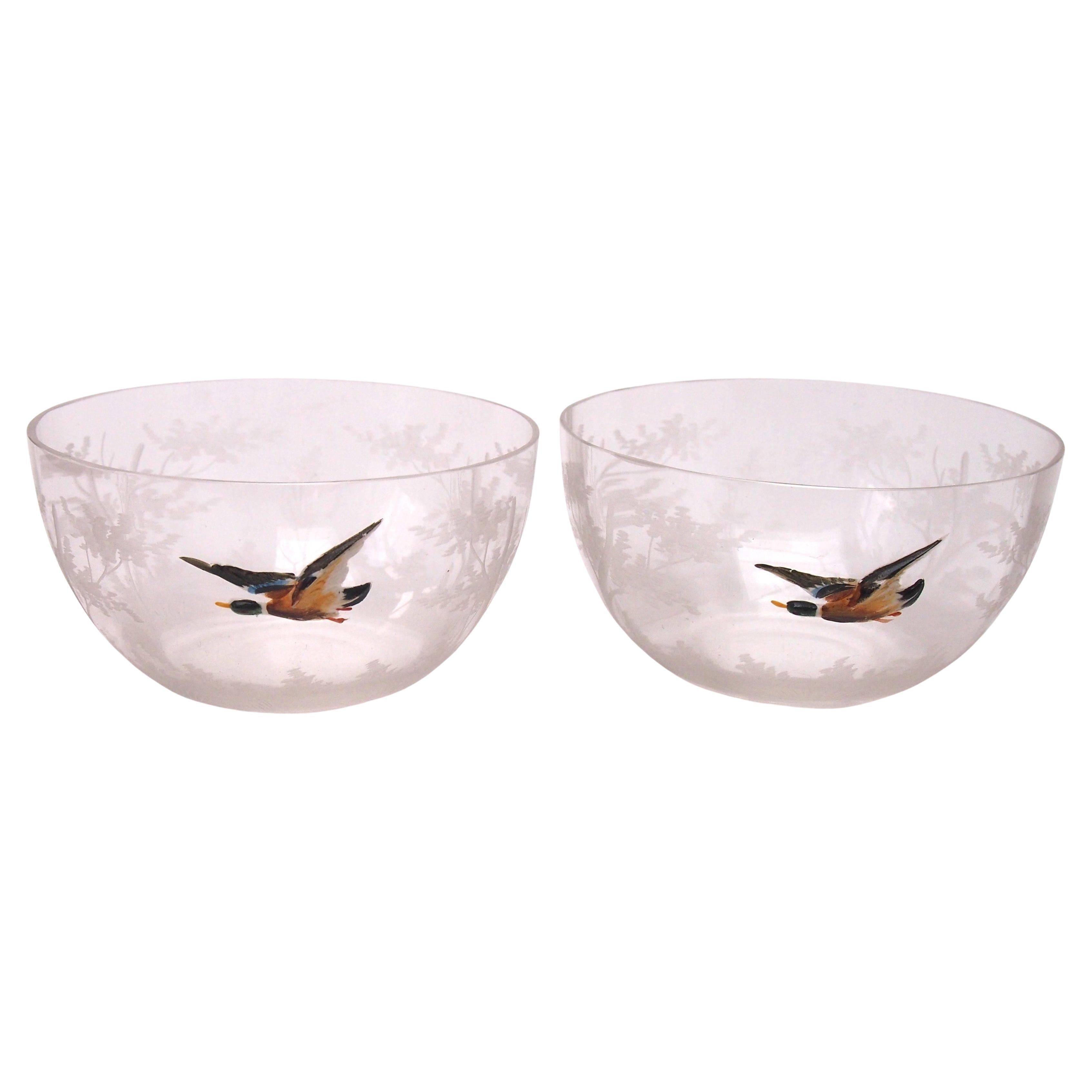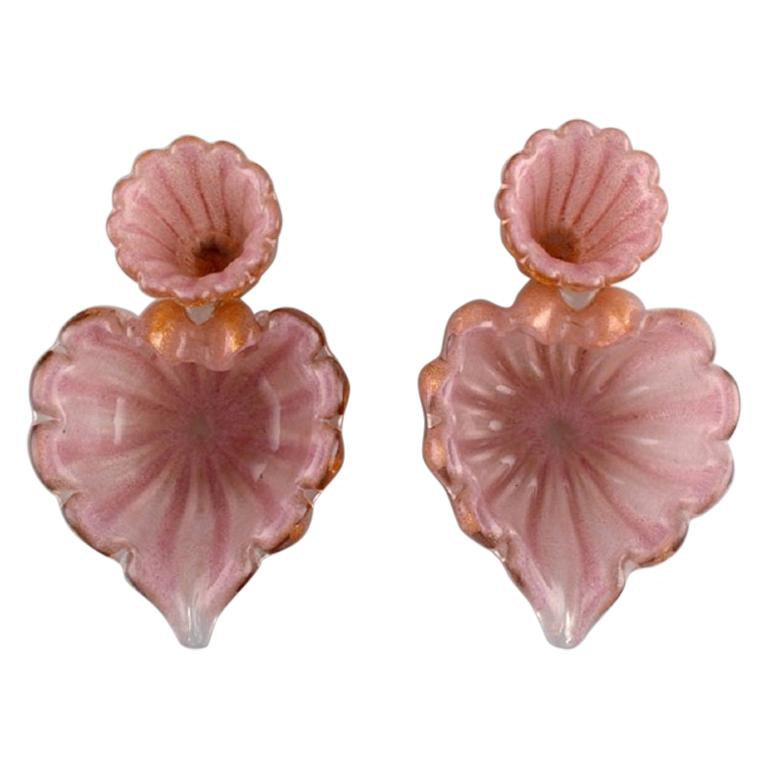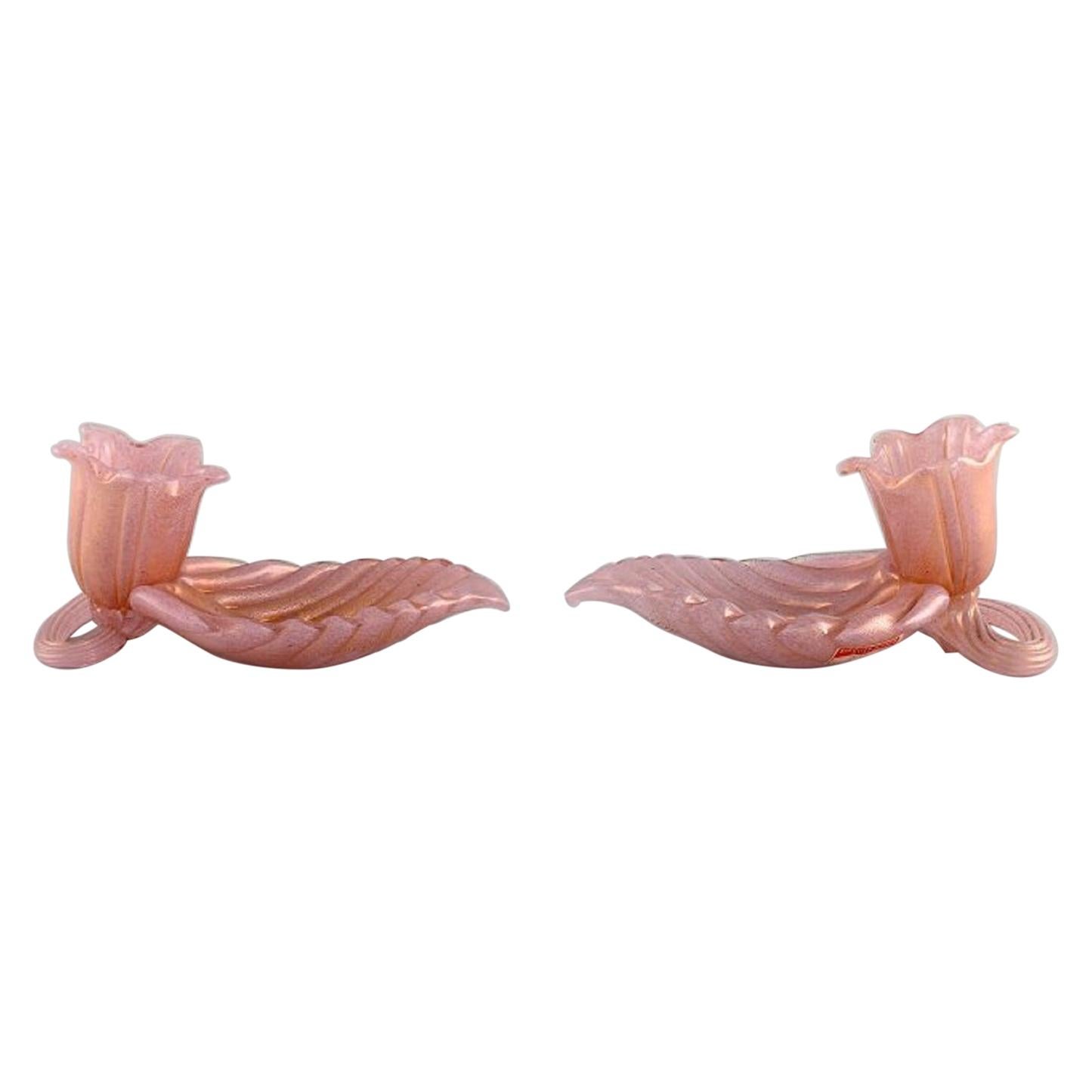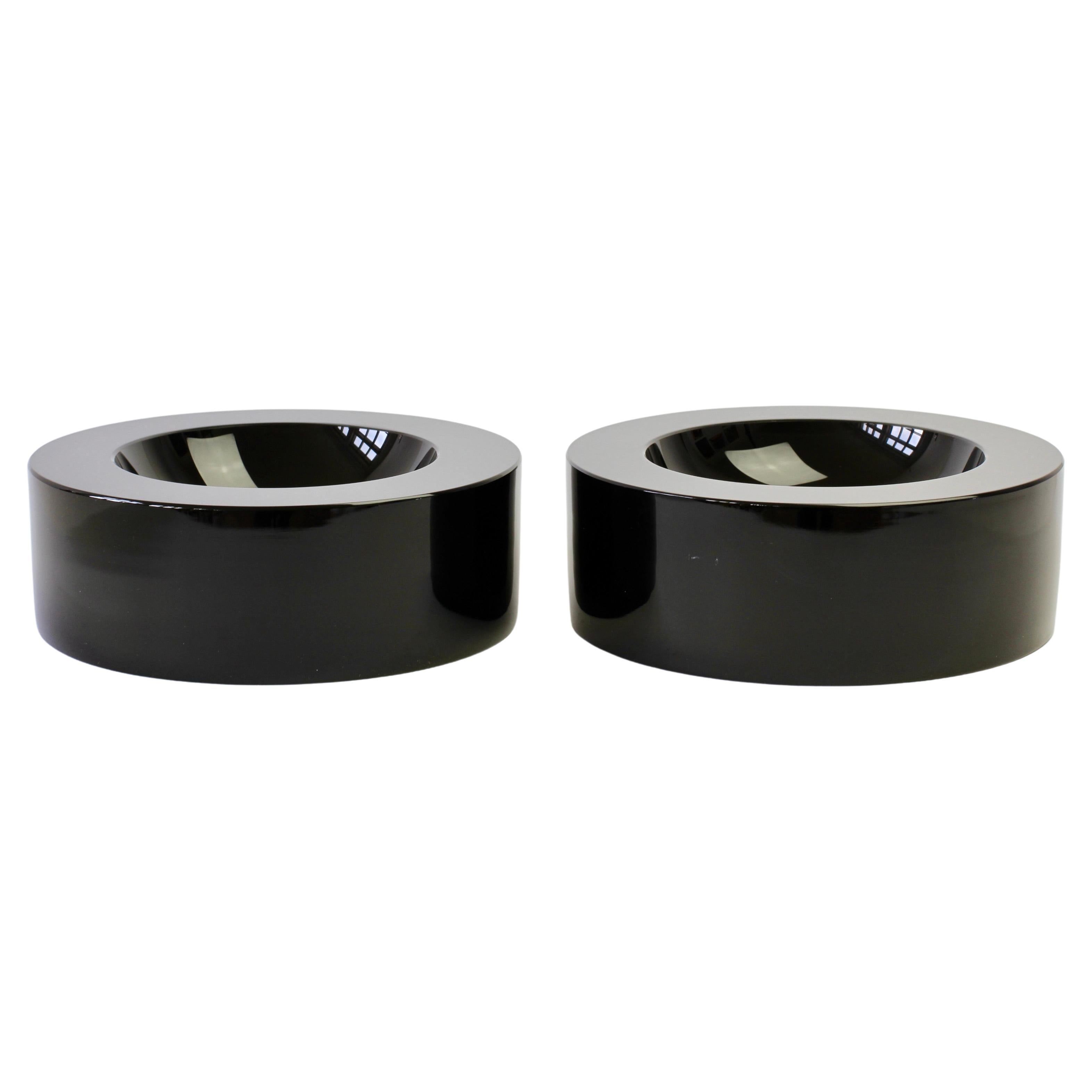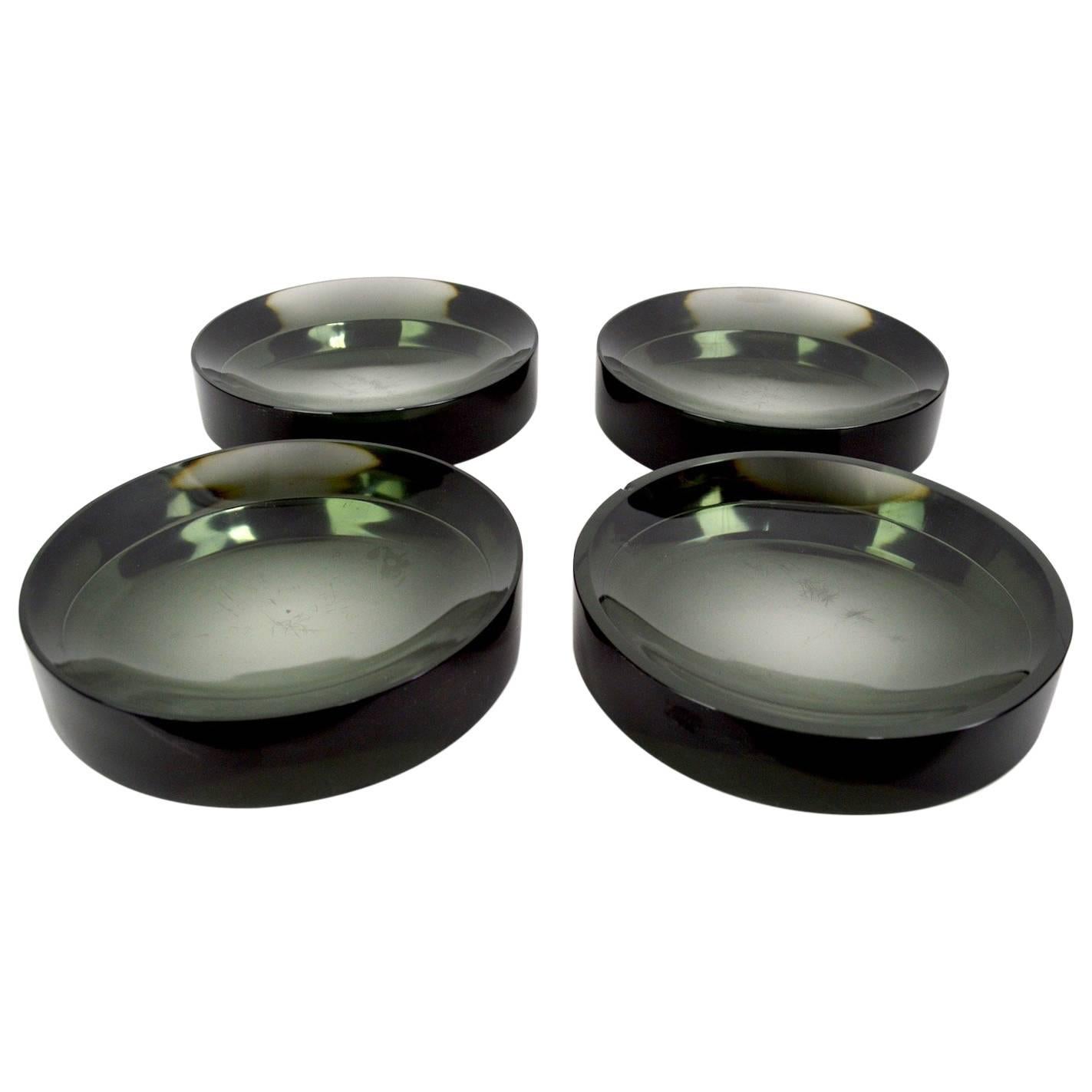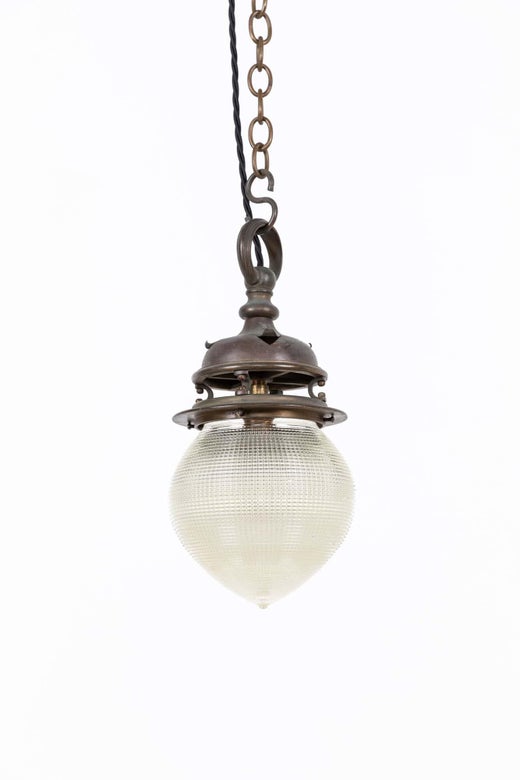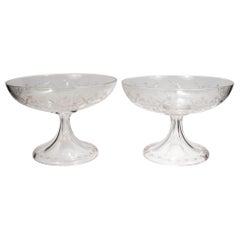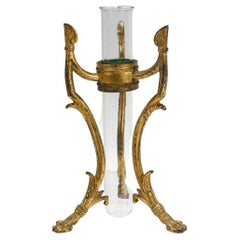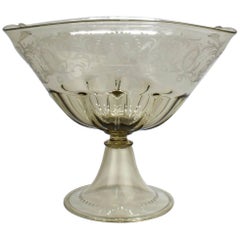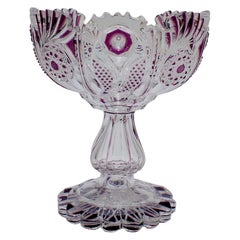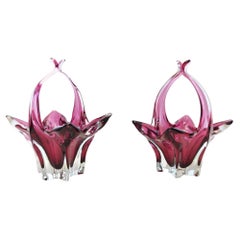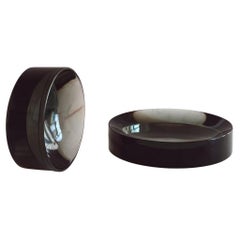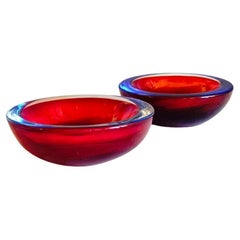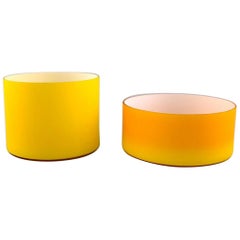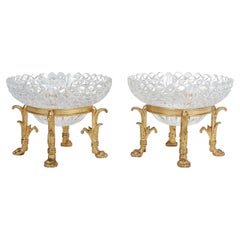
Pair of Gilt Bronze & Cut Glass Footed Bowls Attributed to F. & C. Osler
View Similar Items
Pair of Gilt Bronze & Cut Glass Footed Bowls Attributed to F. & C. Osler
About the Item
- Creator:F. & C. Osler (Manufacturer)
- Dimensions:Height: 3 in (7.62 cm)Diameter: 4 in (10.16 cm)
- Sold As:Set of 2
- Style:Egyptian Revival (In the Style Of)
- Materials and Techniques:
- Period:
- Date of Manufacture:Late 19th Century
- Condition:Wear consistent with age and use. Minor losses. See description for condition details.
- Seller Location:Philadelphia, PA
- Reference Number:Seller: DSA INV HO X181stDibs: LU1610233351622
F. & C. Osler
British glassmakers F. & C. Osler redefined the art of cut-glass design in an era of Victorian luxury, refinement and grandeur.
The firm began in Birmingham in 1807 by Thomas Osler, who established his business making small glass ornaments and pieces for chandeliers. His sons, Follett and Clarkson Osler, joined the company and, in 1831, reorganized it as F. & C. Osler.
During the 1840s, F. & C. Osler expanded production to include the manufacture of chandeliers and glass furnishings, opening a second workshop in London in 1845. The company focused on producing large-scale designs, leading to the creation of one of their most famous pieces: the 27-foot-high, four-ton Crystal Fountain for London’s Great Exhibition in 1851. Another notable F. & C. Osler piece at the exhibition was a pair of eight-foot-high candelabras purchased by Prince Albert for Queen Victoria. Today, they are on display as part of the Royal Collection at Osborne House on the Isle of Wight.
The success of F. & C. Osler’s Crystal Fountain established the company’s reputation as one of the finest glassmakers of the 19th century. Wealthy clients coveted its cut-glass chandeliers, wall sconces, epergnes, candelabras and decorative centerpieces.
F. & C. Osler also received several important commissions. In 1856, F. & C. Osler designed a large chandelier for St. George’s Hall in Liverpool and a 36-light chandelier for London’s Mansion House. In 1858, they were asked to produce tableware for a banquet held by Queen Victoria at Aston Hall, in Birmingham. The Queen is said to have been so impressed with the glassware she asked permission to keep a champagne glass.
F. & C. Osler thrived throughout the late 19th century, experimenting with complex cut-glass motifs and expanding its successful export market to India. They became a favorite glassmaker for Indian royalty and aristocratic English ex-pats.
By the 1920s, demand for cut-glass products waned, and F. & C. Osler closed its Birmingham factory in 1922. The company remained in business, albeit on a much smaller scale, until 1976.
Today, F. & C. Osler remains a symbol of grand Victorian glassmaking and is sought by antique collectors and interior designers worldwide.
On 1stDibs, discover a range of antique F. & C. Osler lighting, decorative objects and serveware.
More From This Seller
View AllAntique Late 19th Century English Edwardian Decorative Bowls
Glass, Cut Glass
Antique Late 19th Century English Egyptian Revival Vases
Bronze
Mid-20th Century Italian Mid-Century Modern Decorative Bowls
Blown Glass
Antique 19th Century German Victorian Garniture
Cut Glass
Antique Late 19th Century English Late Victorian Pitchers
Glass, Cut Glass
Antique 19th Century American American Empire Glass
Cut Glass
You May Also Like
Vintage 1950s Italian Mid-Century Modern Decorative Bowls
Murano Glass
Vintage 1960s Italian Glass
Glass, Art Glass, Blown Glass
Vintage 1970s Italian Glass
Glass, Art Glass, Blown Glass, Murano Glass
Vintage 1960s Danish Scandinavian Modern Decorative Bowls
Opaline Glass
Late 20th Century Italian Mid-Century Modern Decorative Dishes and Vide-...
Blown Glass, Murano Glass
Mid-20th Century Italian Mid-Century Modern Decorative Bowls
Blown Glass, Murano Glass
